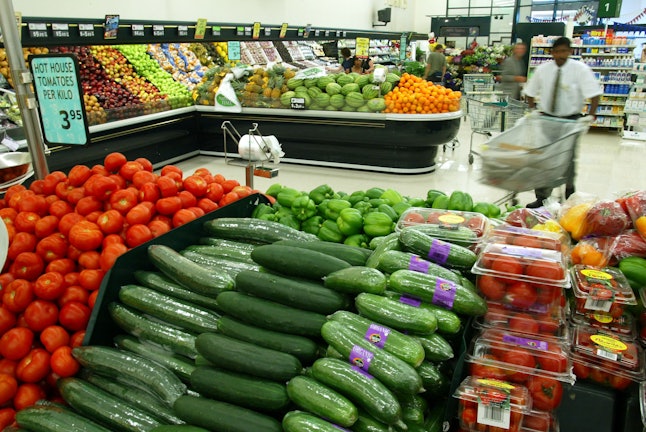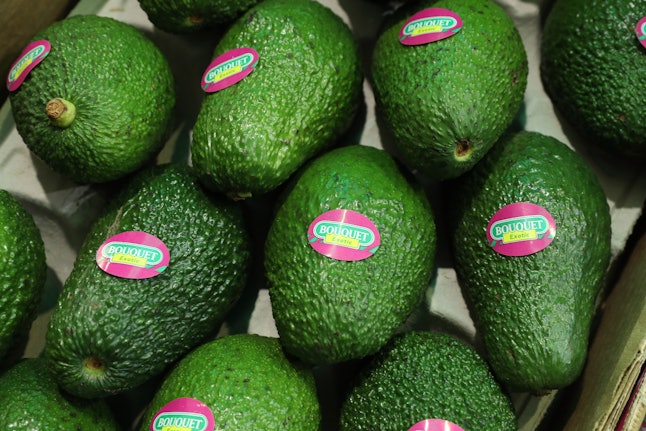ARTICLE: 7 Hacks To Reduce Food Waste, Because It’s An Easy Way To Make An Environmental Difference
The following is an excerpt of an article by reporter JR Thorpe on the Bustle website detailing hacks to reduce food waste, including GMOs.
1. Plan Ahead
If you impulse-buy food because it looks cool and tasty, without a real plan on what to do with it, you may end up with a lot of waste. Love Food Hate Waste notes that planning your meals for the week, and shopping according to recipes and actual needs, will vastly reduce the amount of salad that go soggy and meat that reaches its expiry date. It saves you money, too; it's far more efficient to buy things you actually use than waste money on stuff that's just going to be thrown out.
2. Take A Shelfie

Many of us stock up on stuff at the supermarket or bodega because we think we might have run out — and then come home to discover that we've already got five boxes of cereal. To reduce this, take what WRAP, the Waste and Recycling Action Programme, calls a "shelfie": an image of your food storage, so you know what you have and what you don't. Keeping an ongoing grocery list on your phone, that you can update during the week as things run out, will accomplish the same goal. Smart fridges and cupboards in our future might be able to send that info to our phones so we're never stuck wondering whether we actually have tomatoes at home, but right now a shelfie is the best stopgap.
3. Shop At Places With Smaller Servings

For people who live alone, it's pretty (frustrating) common knowledge that most things are packaged for a family of four, or at least two. And it makes sense — buying in bulk is cheaper — but it's super frustrating to pay for food you don't need, only to have it go bad. If you're constantly buying a family-sized package of fish because that's just what's available, try doing your shopping somewhere that allows you to buy things the old fashioned way, like a farmer's market.
To read the entire article, please visit the Bustle website.




